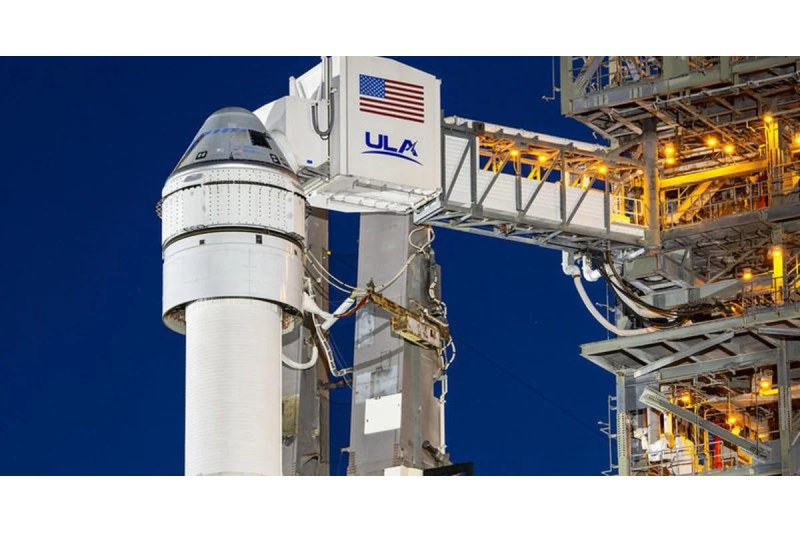A detailed inspection of Boeing’s Starliner capsule is ongoing during its inaugural astronaut trip.
On June 5, Starliner lifted off, sending NASA astronauts Butch Wilmore and Suni Williams on a Crew Flight Test (CFT) shakeout voyage to the International Space Station (ISS).
Originally scheduled to remain docked to the orbiting lab for almost a week, NASA revealed over the weekend that the Boeing CFT mission will extend through at least June 18. According to agency officials, the additional time will enable Wilmore, Williams, and ground crews to continue executing Starliner spacecraft checkouts as well as enable ISS astronauts to prepare for a spacewalk on Thursday, June 13.
Out of all the checkouts, five have been found on Starliner, and some of them are concentrating on the possible impact of helium leaks. Before launch, one was discovered, but it was ultimately determined that there was little risk to the mission’s success overall. Now that four more have been found while Starliner is in orbit, there’s no reason to get too alarmed.
NASA officials stated in a CFT report on Monday, June 10, that “engineers evaluated the helium supply based on current leak rates and determined that Starliner has plenty of margin to support the return trip from station.”
“Only seven hours of free-flight time is needed to perform a normal end of mission, and Starliner currently has enough helium left in its tanks to support 70 hours of free flight activity following undocking,” they stated.
While traveling to the International Space Station, Starliner encountered various problems with its reaction control system (RCS) thrusters. There are 28 of these tiny thrusters in the capsule’s service module, and during the orbital flight, five of them misbehaved. One of those five is still out, but the other four were promptly brought back online.
The mission crew is still evaluating that thruster’s historical performance, and they intend to test it, along with the others, in the latter stages of the mission.
“Ground teams plan to fire all 28 RCS thrusters after undocking to collect additional data signatures on the service module thrusters before the hardware is expended,” the bulletin stated. “As part of normal operations, the service module separates from crew module on return, so NASA and Boeing will gather as much data as possible to aid in system assessments.”
Meanwhile, Wilmore and Williams have been testing the fit, comfort, and functionality of their “Boeing Blue” spacesuits, the Starliner’s seats, and the capsule’s airflow.
In addition, they have performed “safe haven” checks, which demonstrate that a docked spacecraft may act as a haven for astronauts in the event of an emergency on the ISS, as well as shutting down and restarting the capsule.
June 18 is still not a definitive return date for CFT; rather, it is a “no earlier than” aim. NASA officials have stated that when Starliner does return home, it will land in the southwestern United States.
